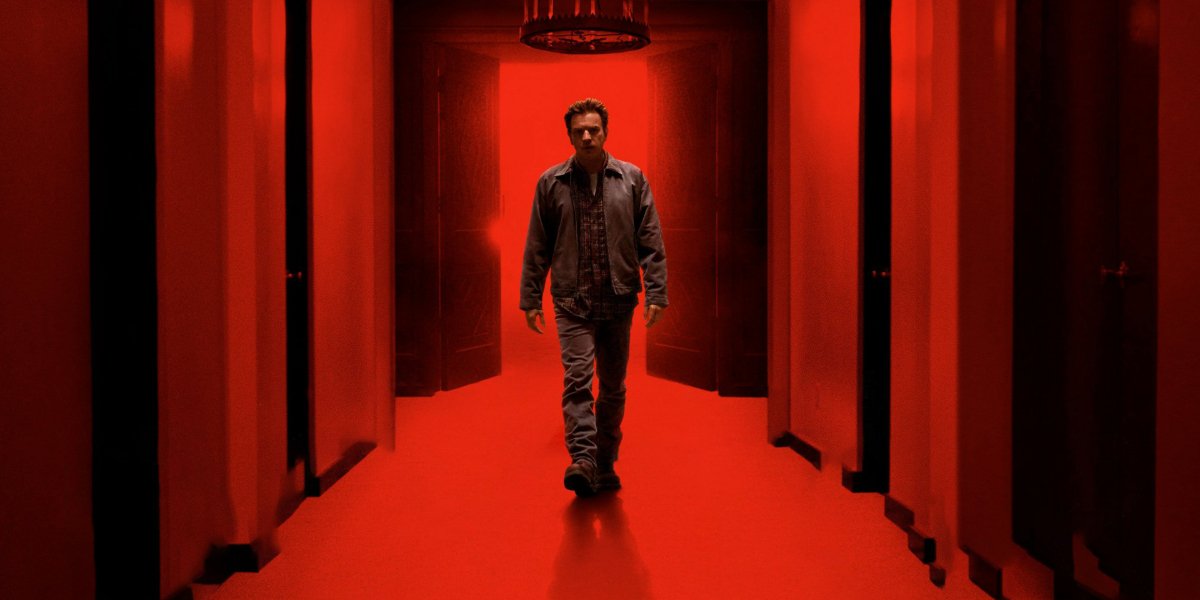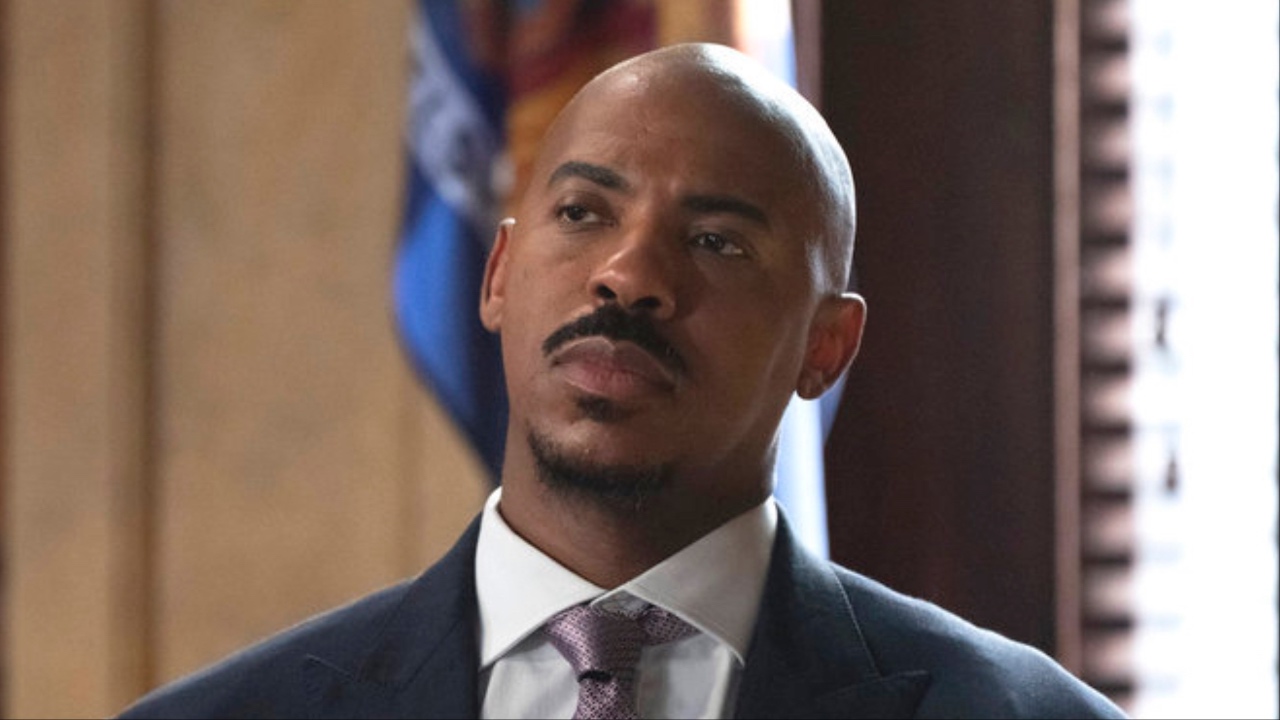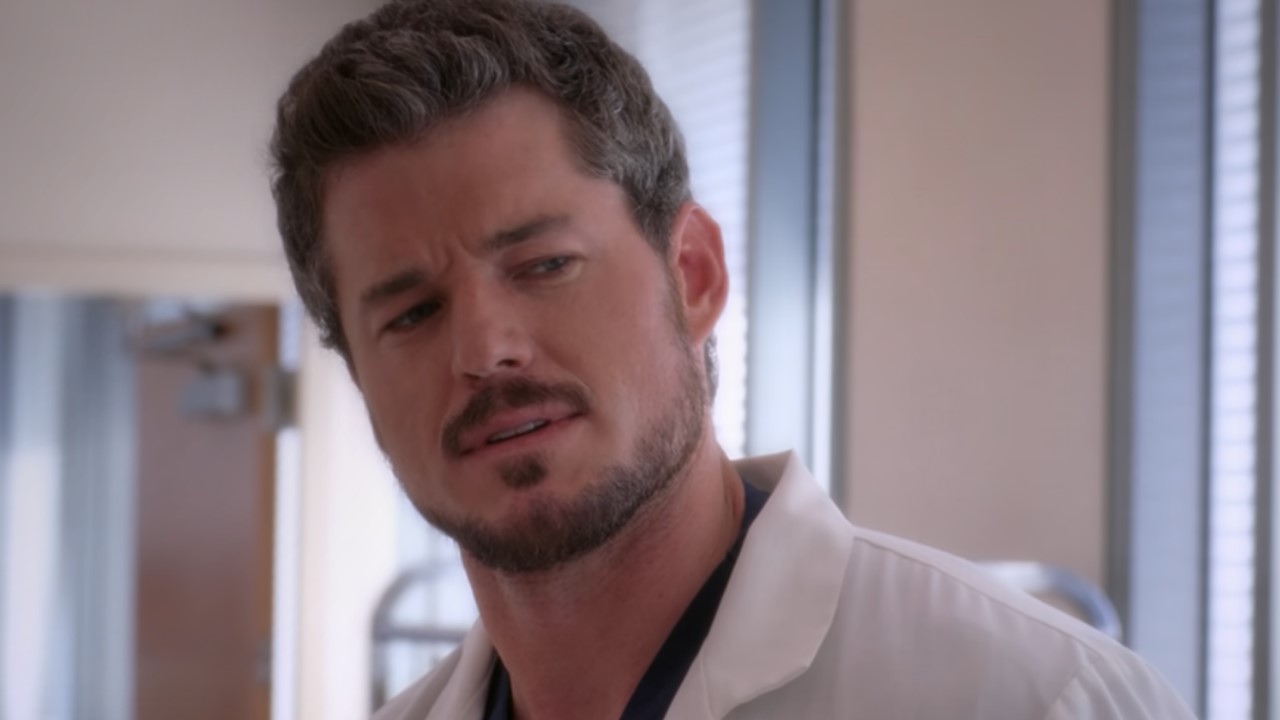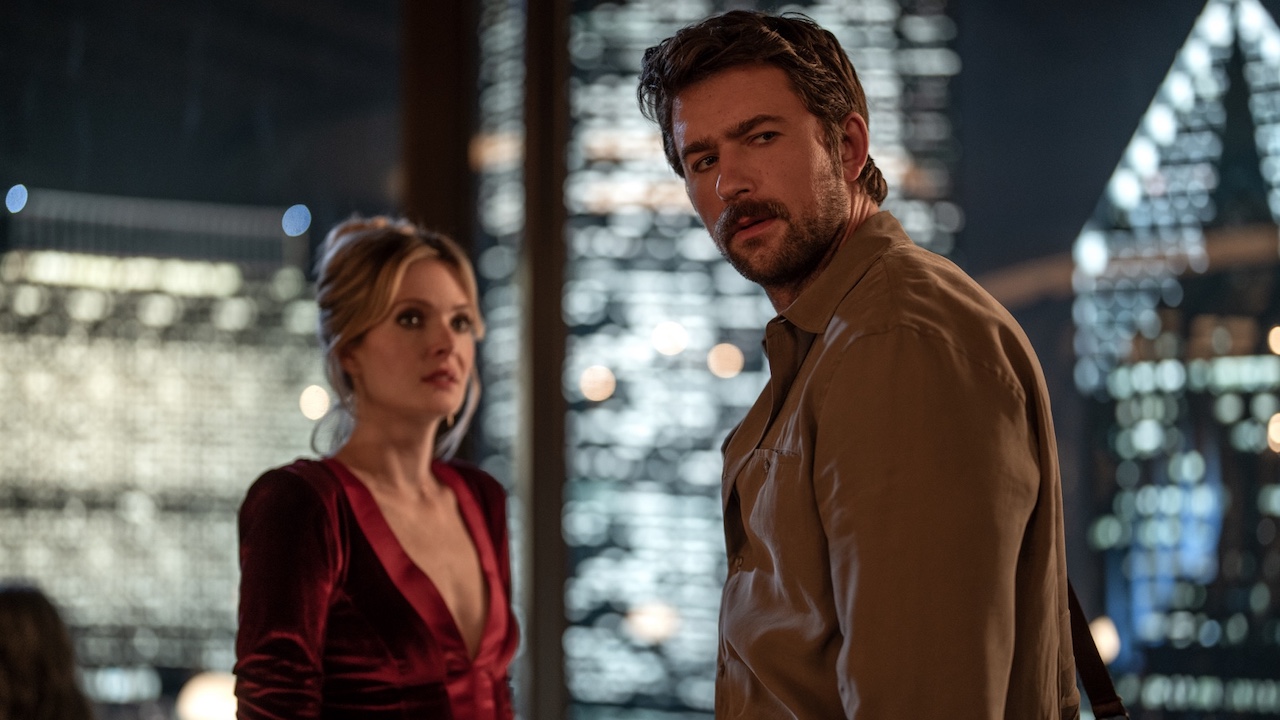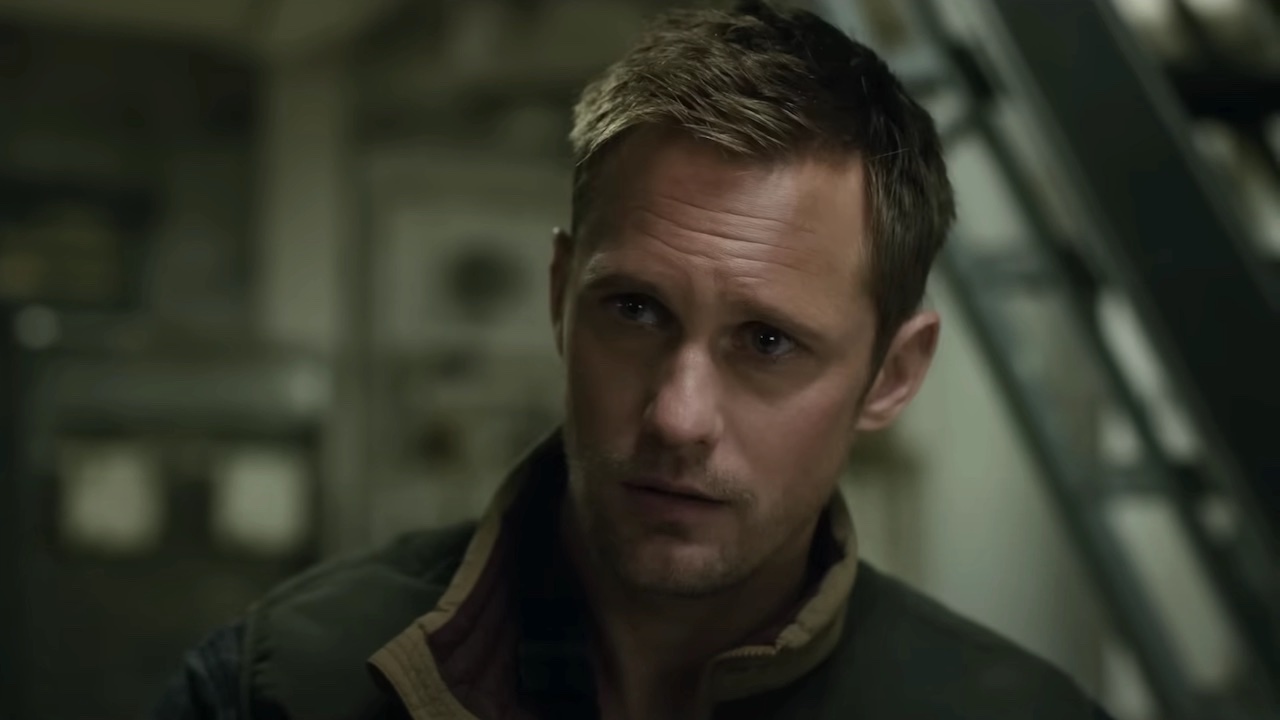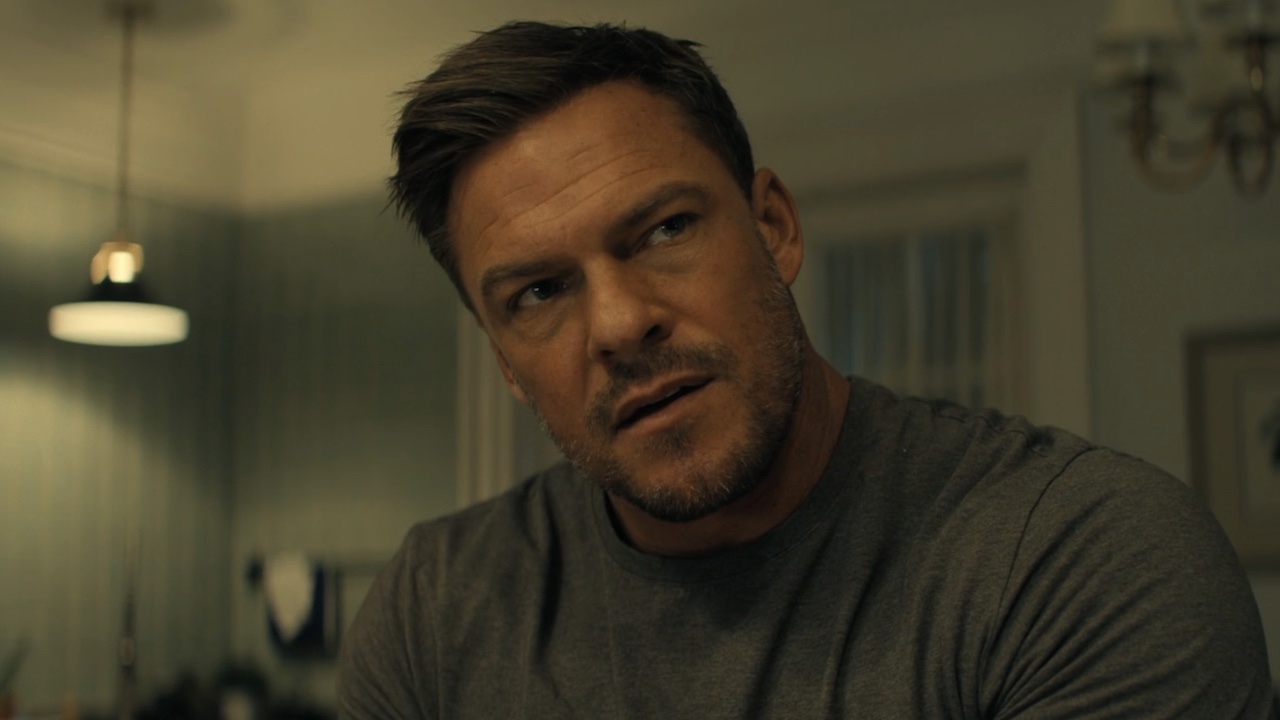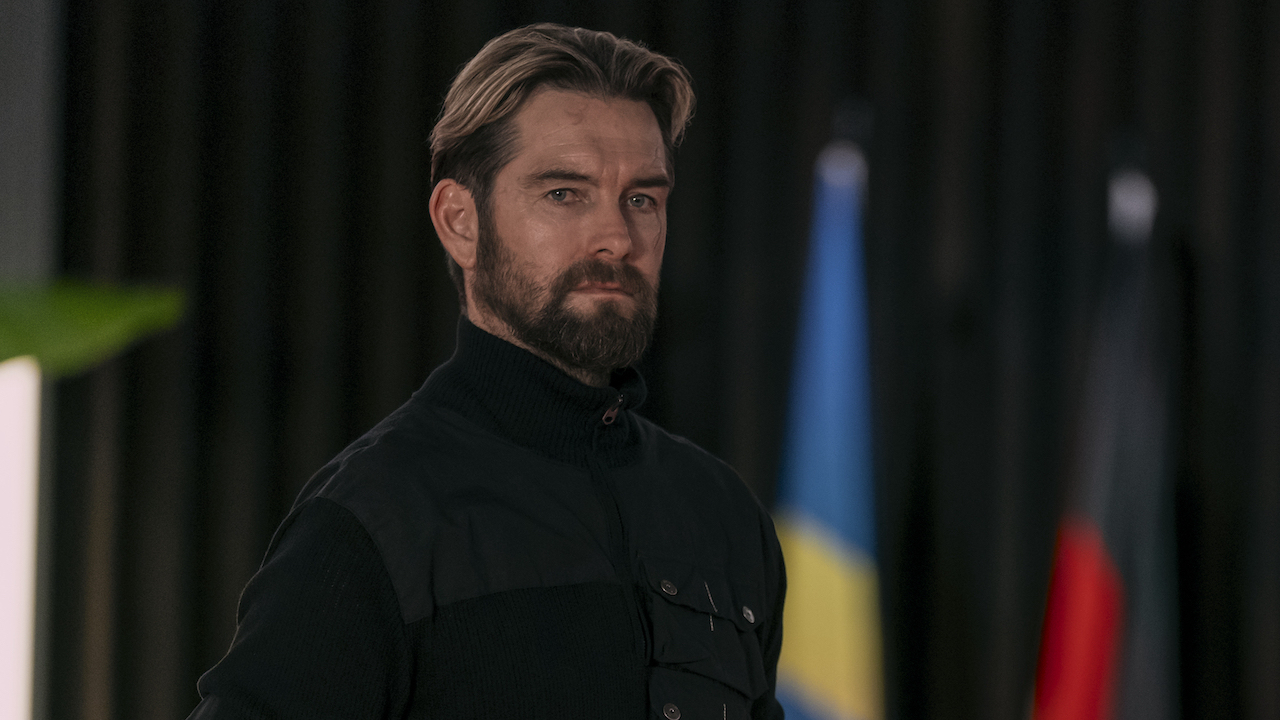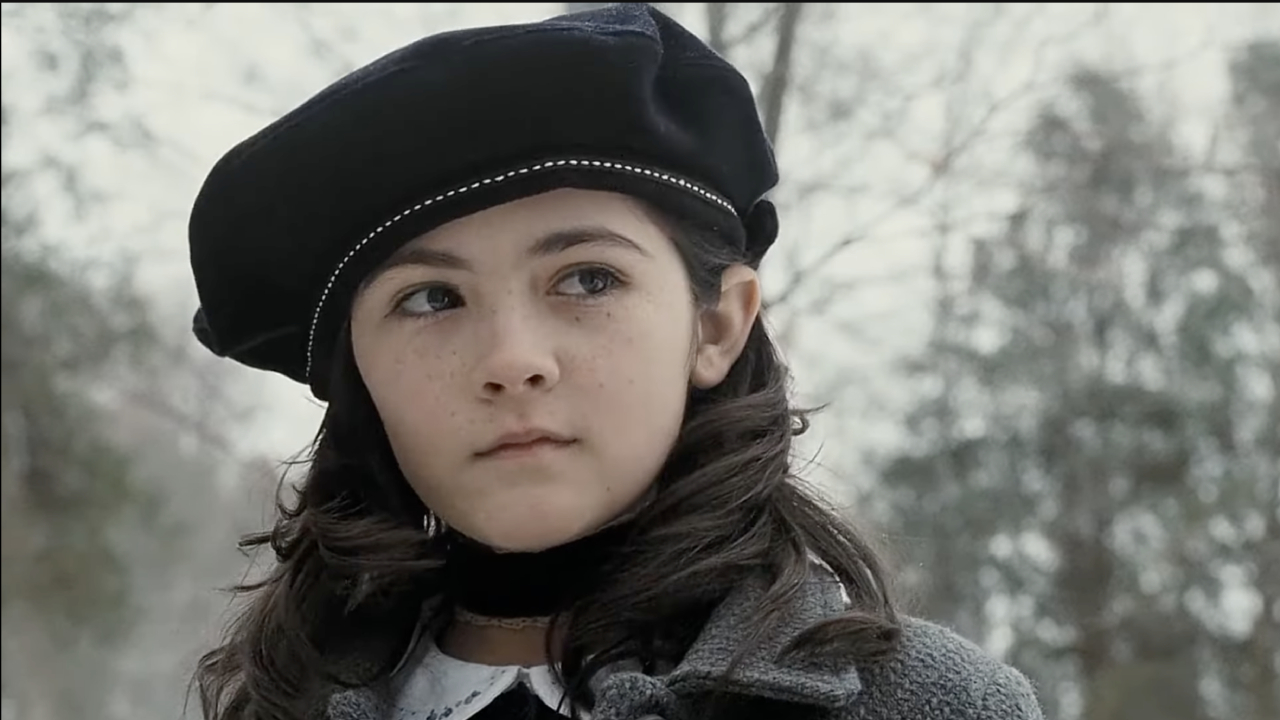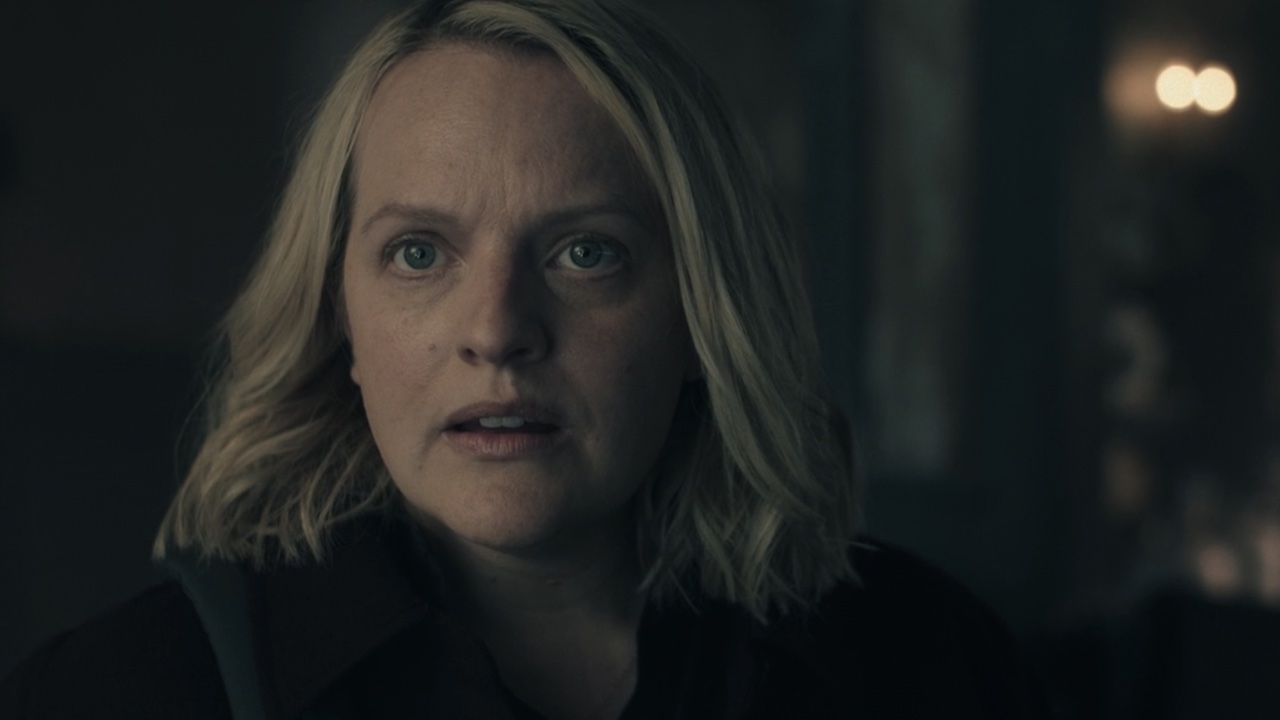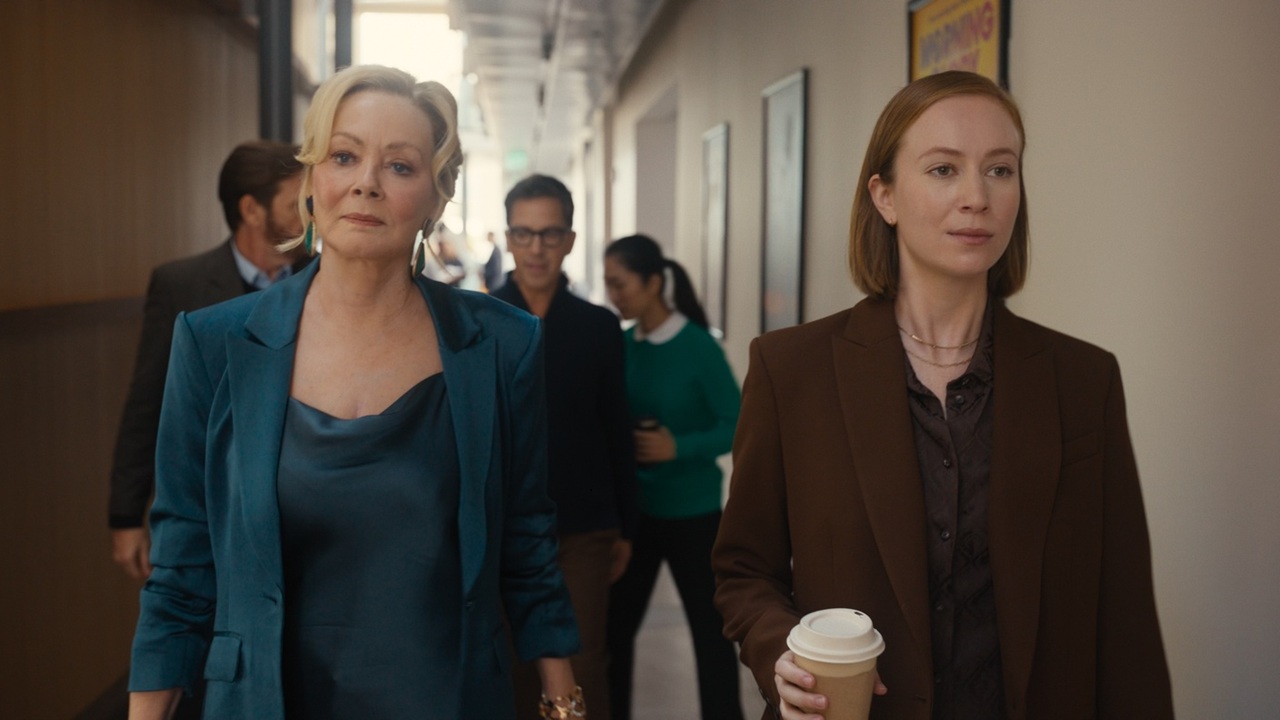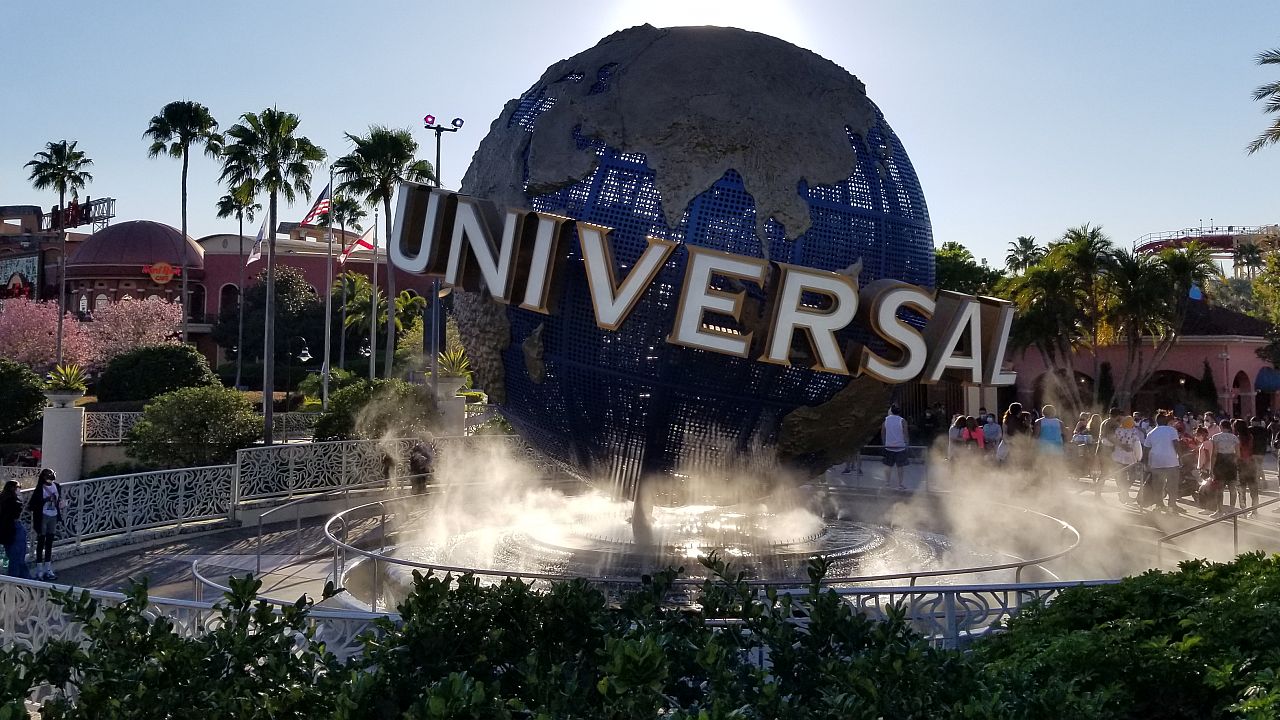The Shining: 14 Behind The Scenes Facts About The Legendary Horror Film
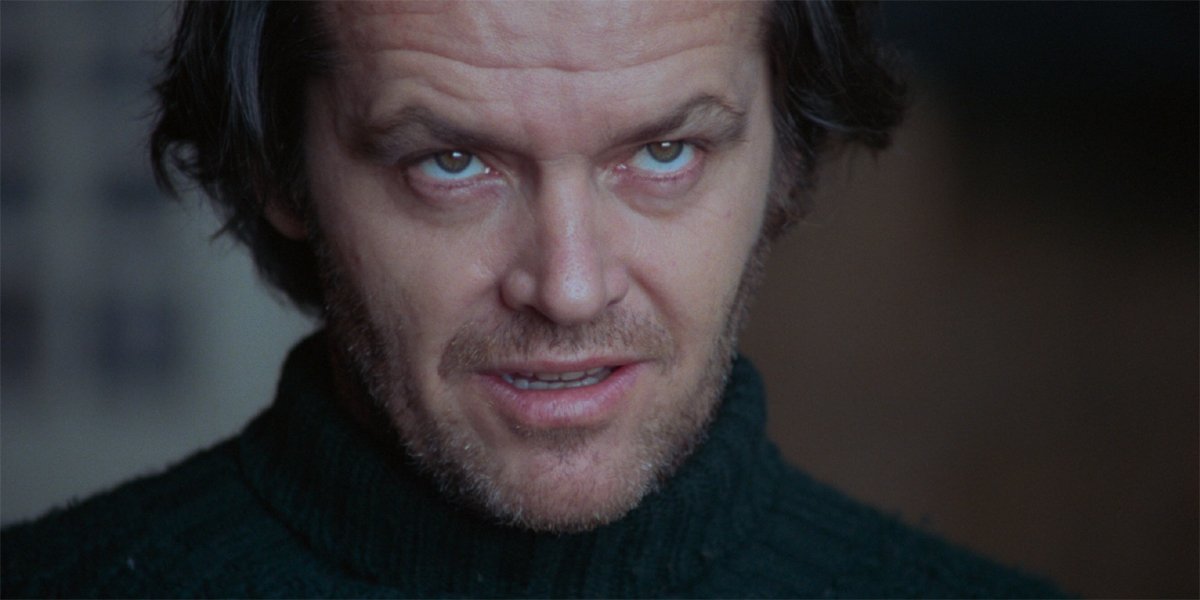
Stanley Kubrick’s The Shining is a textbook example of a storied film. Beyond being one of the most incredible and beloved horror movies ever made, it’s also a project that inspired a great deal of conflict and strife in its making, paired with spectacular innovation and discovery. To say the least, the behind-the-scenes story of its making is pretty batty.
On the heels of the release of Doctor Sleep last year, and with the 1980 film celebrating its 40th anniversary in 2020, we decided that now would be an ideal time to dive into the history of the production. Digging through commentaries, featurettes, documentaries and more, here are 14 stories about The Shining that you may have never heard before.
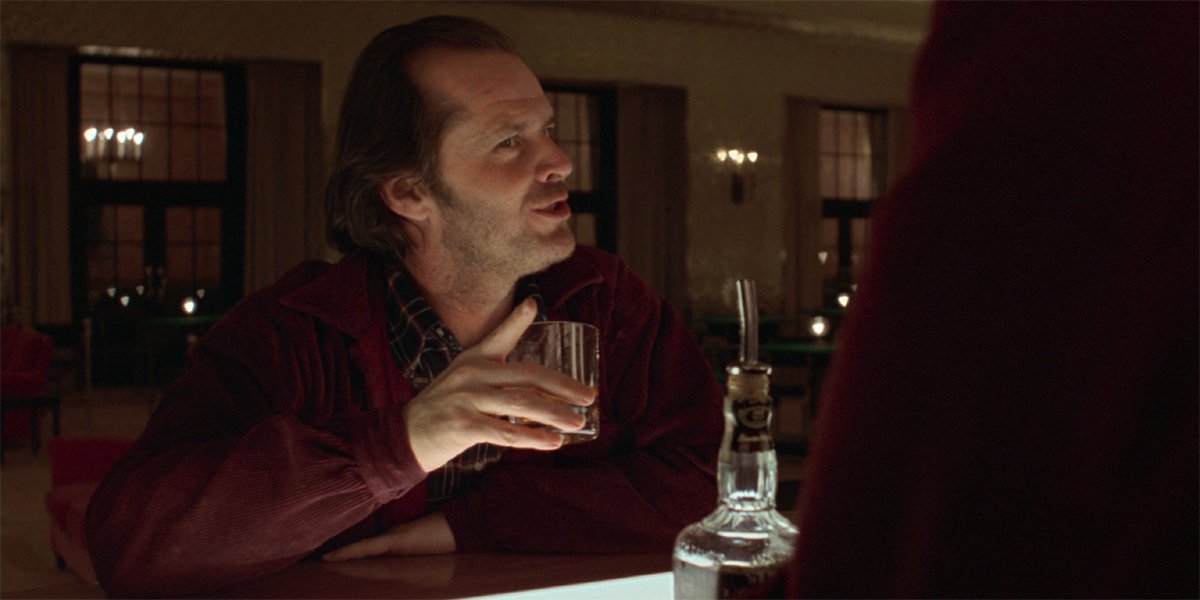
Stanley Kubrick Initially Took On The Shining Because He Needed A Box Office Win
Stanley Kubrick will forever be recognized as one of the greatest artists to ever grace the medium of film, but that doesn’t mean he was immune to the pressures of the business, and in the late 1970s he needed a win. His 1975 period film Barry Lyndon was not as successful at the box office as desired, and Kubrick required studio support to try and make his dream project: Napoleon starring Jack Nicholson. It was Kubrick’s search for something commercially viable that led him to Stephen King’s The Shining.
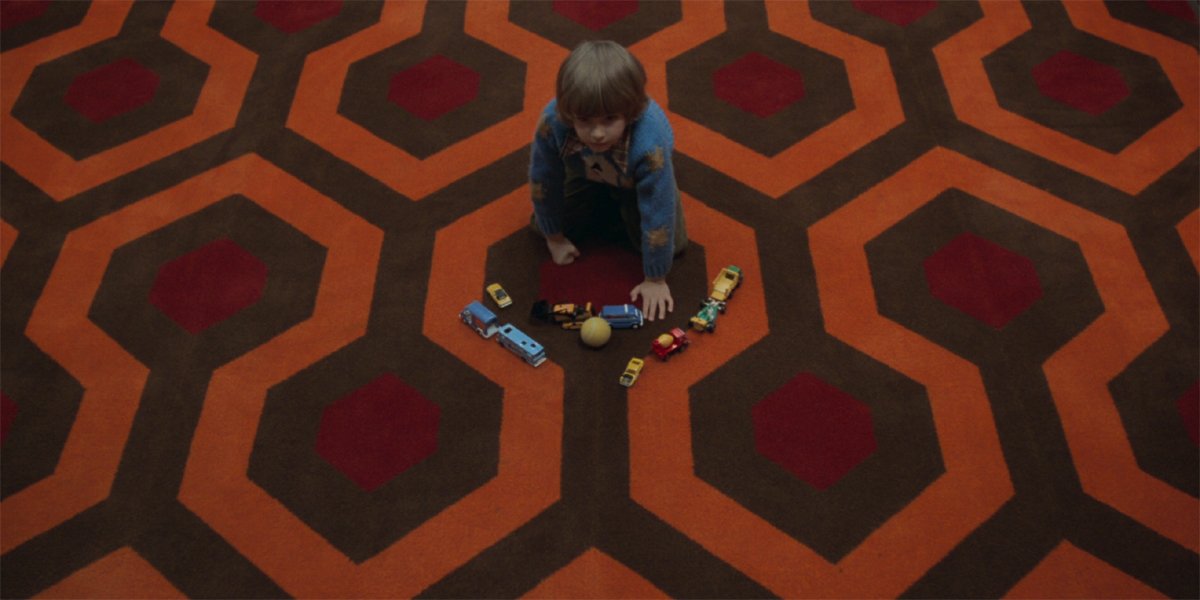
The Overlook Hotel Design Came From Thousands Of Reference Photos
Beyond its winding halls and wild carpet patterns, a massive part of what makes The Overlook Hotel’s look so iconic is the unsettling patchwork-like aesthetic, and that was something that came as a result of Stanley Kubrick and his team working from thousands of reference shots taken by scouts sent out to photograph American hotels. Inspiration came from all over the place, but some of the best material came from The Ahwahnee in Yosemite National Park, including the look of the cavernous lobby and the blood-red colored elevators. (Bonus Trivia: the exterior shots of the hotel were done at the Timberline Lodge in Oregon).
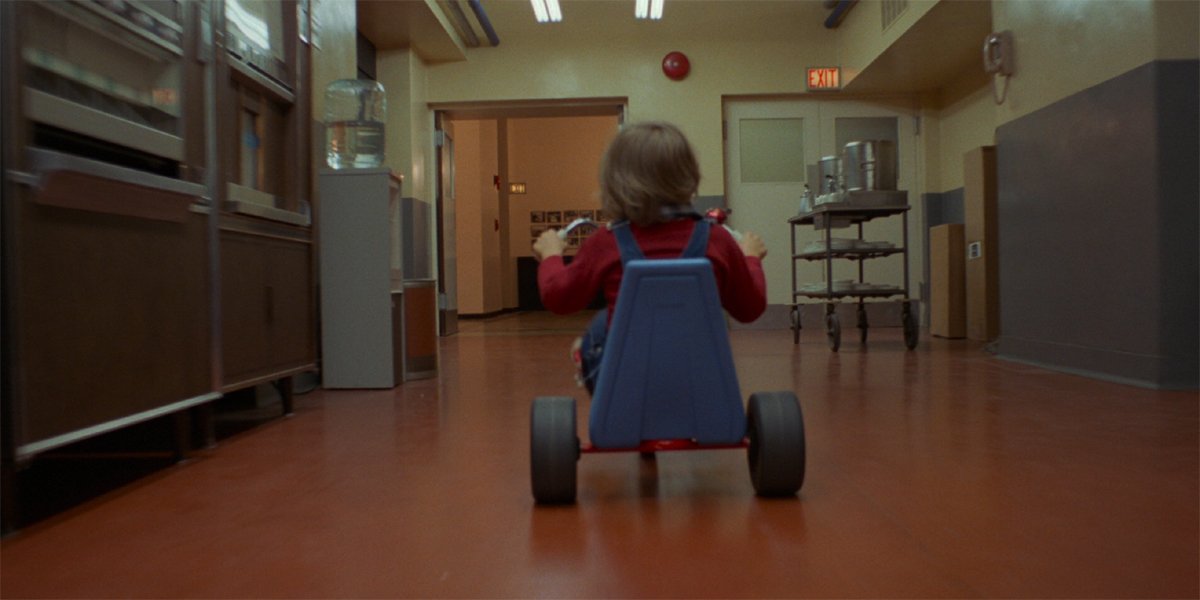
Danny’s Big Wheel Ride Through The Halls Required Technological Innovation, And Shooting It Revealed A Huge Surprise For The Director
Introduced in 1975, the stabilizer mount known as the Steadicam was a revelation in Hollywood and a technology beloved by Stanley Kubrick, who loved to keep his camera in motion in his films. Kubrick went as far as to hire the inventor of the thing, Garrett Brown, to be a part of the making of The Shining, and while the rig brought many iconic scenes to life, arguably the most famous is Danny’s Big Wheel ride – which required flipping the Steadicam system upside down and zooming it 2-3 inches off the floor while the operator rode in a specially designed wheelchair.
The look created was incredible, and the director was totally shocked and delighted to discover the alternating sound of the wheels going from carpet to hard wood while reviewing the dailies.
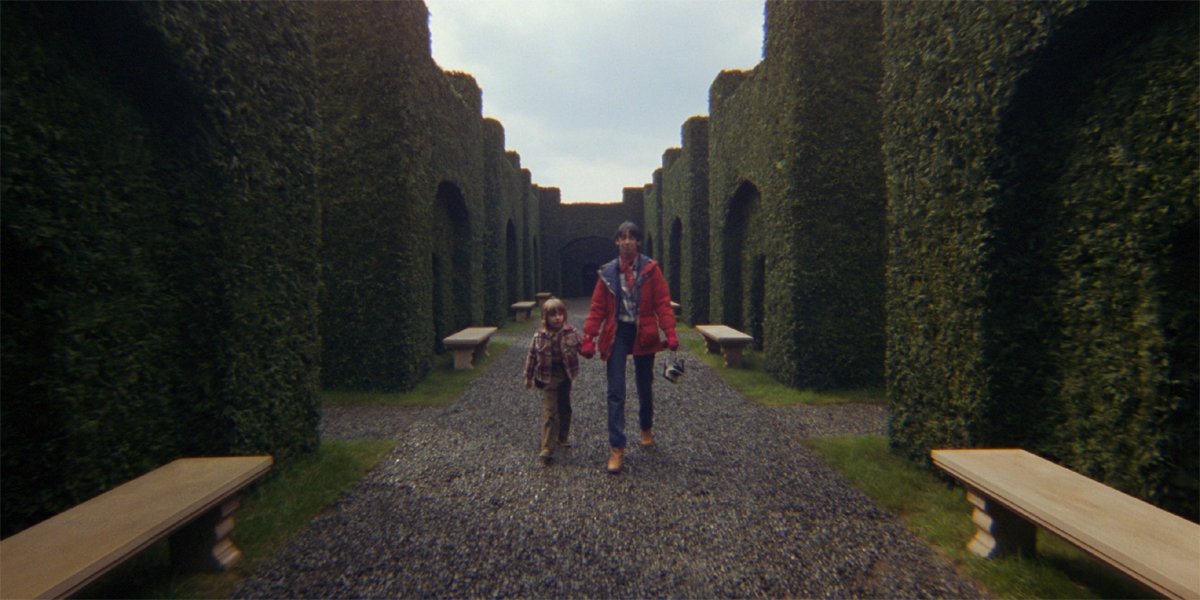
Stanley Kubrick Thought The Hedge Maze Was Too Simple Until He Himself Got Stuck In It
A notable change from the book, The Shining’s hedge maze is really a perfect Kubrickian touch given the labyrinthian inner-workings of the director’s mind and love of puzzles. Its inclusion also led to a funny behind-the-scenes anecdote because Kubrick felt that the physical maze created for the production (which was about 2/3 the size of what’s suggested in the movie) would be too easy to solve. This led the crew to challenge him to try and solve it himself one Saturday morning on set, and folks were delighted when the filmmaker had to give up.
CINEMABLEND NEWSLETTER
Your Daily Blend of Entertainment News
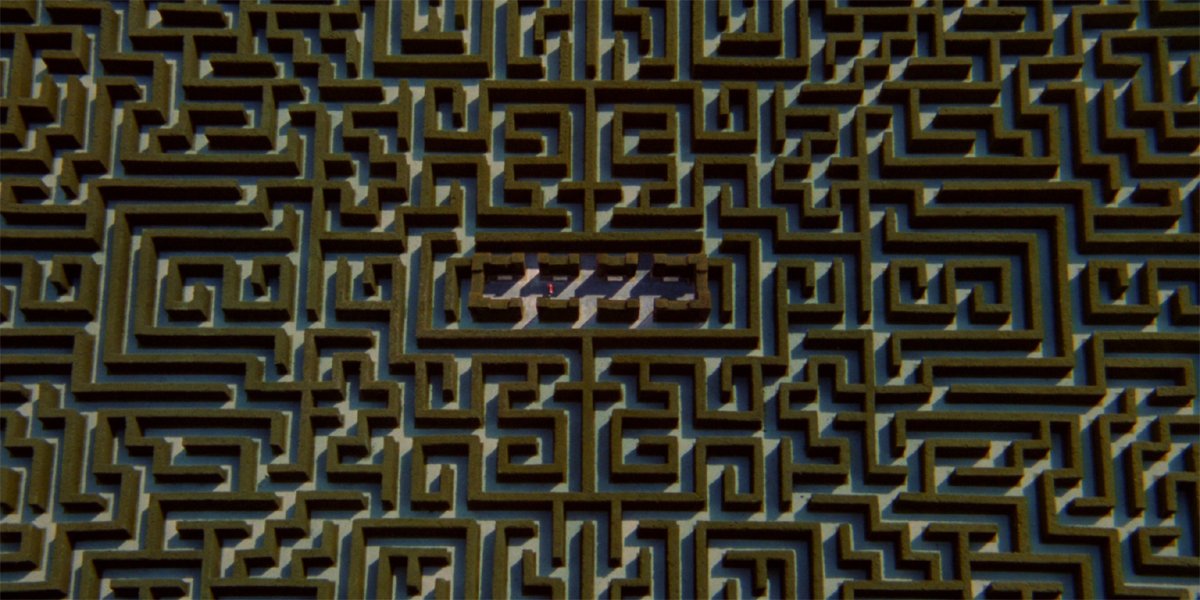
There Is Only One Special Effects Shot In The Shining, But It’s An Amazing One
Nowadays, getting a god’s-eye shot from hundreds of feet in the air is as simple as a production investing in a drone or satellite photography, but that was not something available in the late 1970s in the making of The Shining. Acknowledging this while watching the film, it’s difficult to figure out how the movie achieves its aerial introductory shot of the maze – but the answer is amazing.
The crew simply made a movable reproduction of the middle section of the maze and brought it next to a tall apartment complex. Hanging off the edge of the roof, the crew got the shot required, and then that material was spliced/super imposed with a shot of the model of the maze photographed in scale.
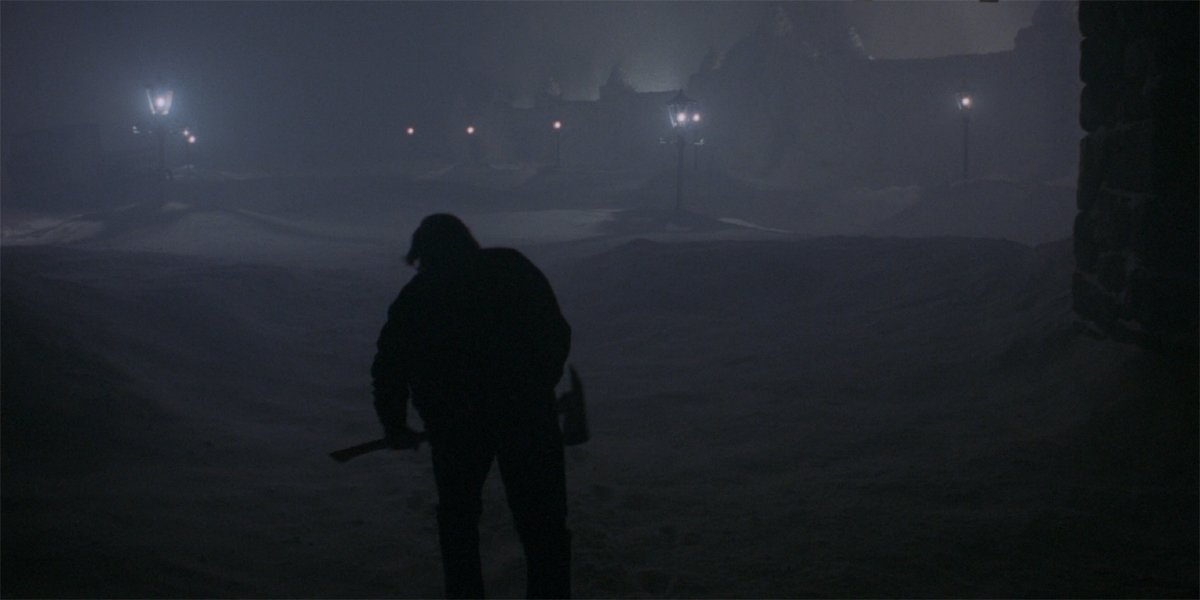
Stanley Kubrick Employed Some Special Tricks To Make The Movie Seem Super Cold
With The Shining not actually shooting in the Colorado mountains during the winter but instead an English studio in the summer, the production had to find special ways to translate the idea of coldness in the environment, and Stanley Kubrick came up with some wonderfully clever methods. One was the thought to create a kind of stagnant fog using oil smoke during scenes outside, though that was its own challenge because it required not filming on windy days. The negative side effect was that the smoke combined with the lights created a kind of sick yellow on set, but Kubrick was able to suck out all of the red and yellow while emphasizing the blue during the color timing process, and the result is what we see in the movie!
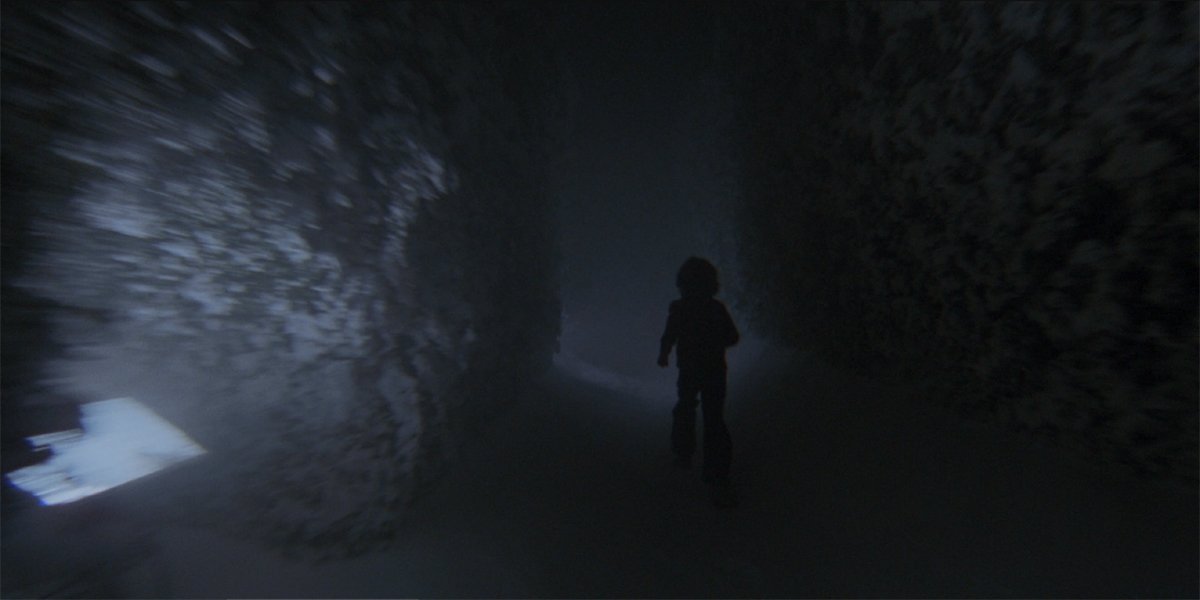
The Final Hedge Maze Sequence Was Absolutely Hellish To Film
If the idea of working in an area with oil smoke clouding the air sounds hellish, you are not only absolutely right, but also halfway to recognizing how terrible it was to film The Shining’s final sequence: the hedge maze chase. Not only was the whole set polluted with smoke, the snow was made from a mix of Styrofoam and dairy salt, only further poisoning the atmosphere. Plus Danny Lloyd’s trips through the maze were done by just having the camera follow him while he ran, meaning that the crew got repeatedly lost between takes.
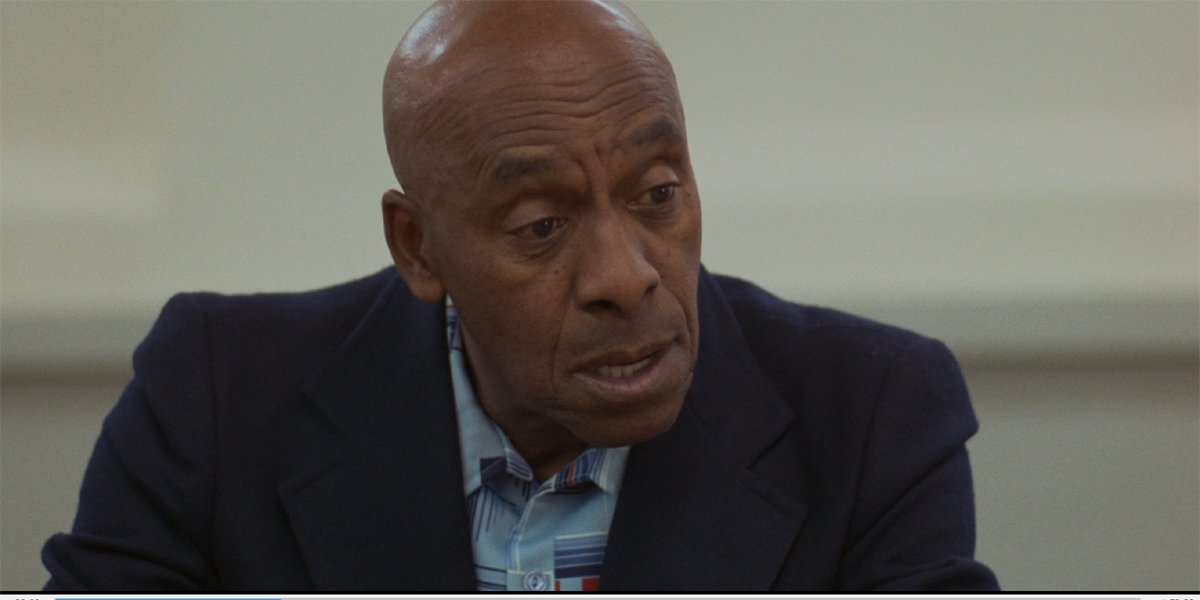
The Shining Possibly Did More Takes Of A Single Close Up Than Any Other Movie Ever
Stanley Kubrick was a notorious perfectionist who got double-digit takes of basically every angle, and while it allowed him to bring all of the footage he could ever need to the edit bay, it was an exhausting process for the actors. No scene in The Shining better exemplifies this than the one featuring Hallorann and Danny sitting in the kitchen discussing their special gifts. The shot of the two of them together took something in the realm of 88 takes, and the close-up of Scatman Crothers took 148 – which Garrett Brown says on the Blu-ray commentary may be the most done for a close up ever in film history.
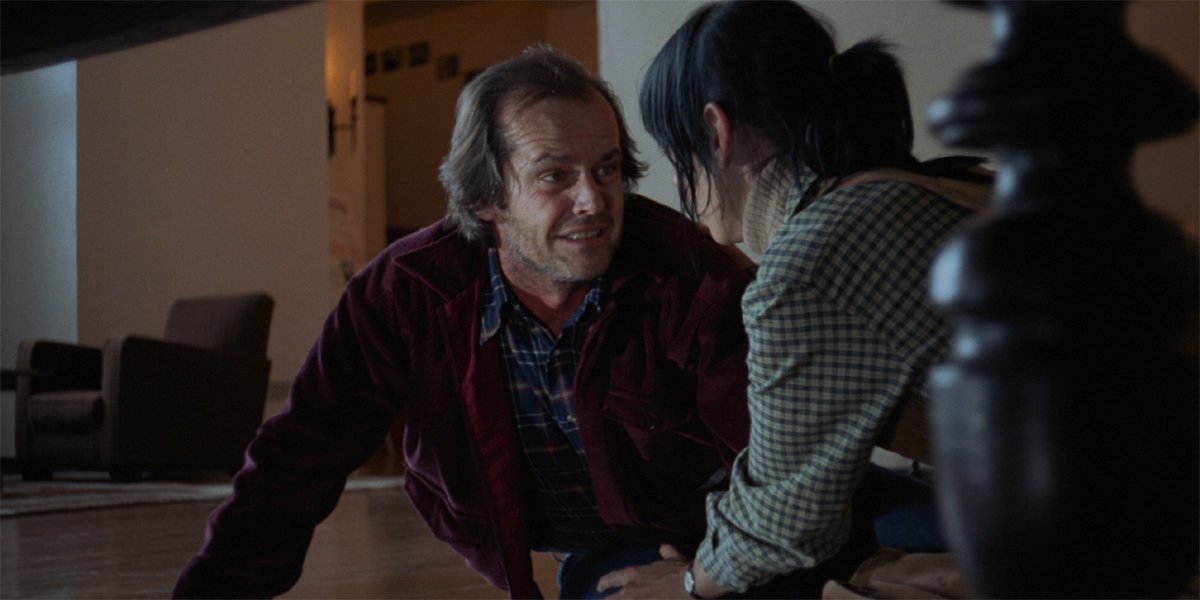
One Shot In The Shining Was Captured In Just Two Takes
While Stanley Kubrick’s perfectionism led him to obsess over every shot, there is one moment in The Shining that only took two takes to capture, which is the beat after Wendy has woken Jack up from his nightmare and the two of them sit on the floor together. Per Garrett Brown, there is no clear reason as to why Kubrick felt he only needed a couple of takes of the material compared to everything else in the movie.

The Idea For Tony’s Voice And Danny Flexing His Finger Came From Danny Lloyd
As is the case with most major movies featuring a child in a prominent role, The Shining performed an extensive search looking for the right young actor to play Danny Torrance in the film. Of the hundreds of candidates, however, Danny Lloyd particularly stood out from the pack because of choices he made for his interactions with Tony. It was actually the kid who came up with the idea of the imaginary friend speaking with a different voice and flexing his index finger – an idea that Stanley Kubrick loved and included in the movie.
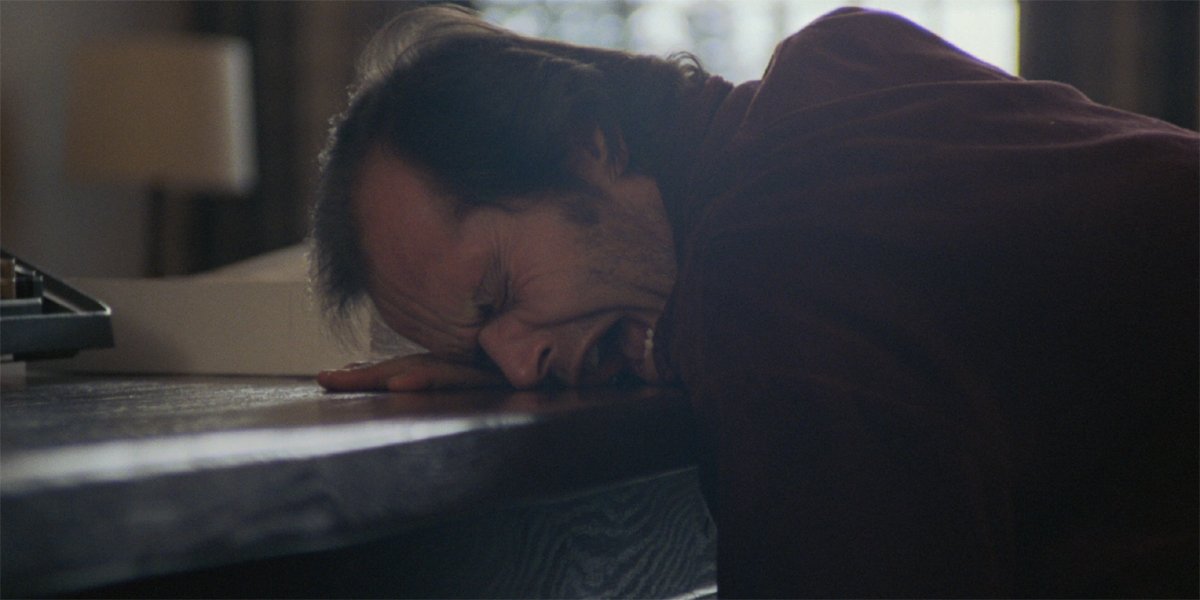
During Production, Most Of The Sleep Jack Nicholson Got Was In The Car To And From Set
Jack Nicholson sports an iconic descent-into-madness look in The Shining, but not all of the credit for that can go to the hair, makeup, and costume departments. The guy was also just totally wrecked. During production, Nicholson stayed in a place relatively far from set and when combined with the long shooting days that meant that most of the sleep that he was getting was during the car rides taking him to and from set. That’s a hard way to live for months on end, but in retrospect it seems it had a positive effect on his performance.
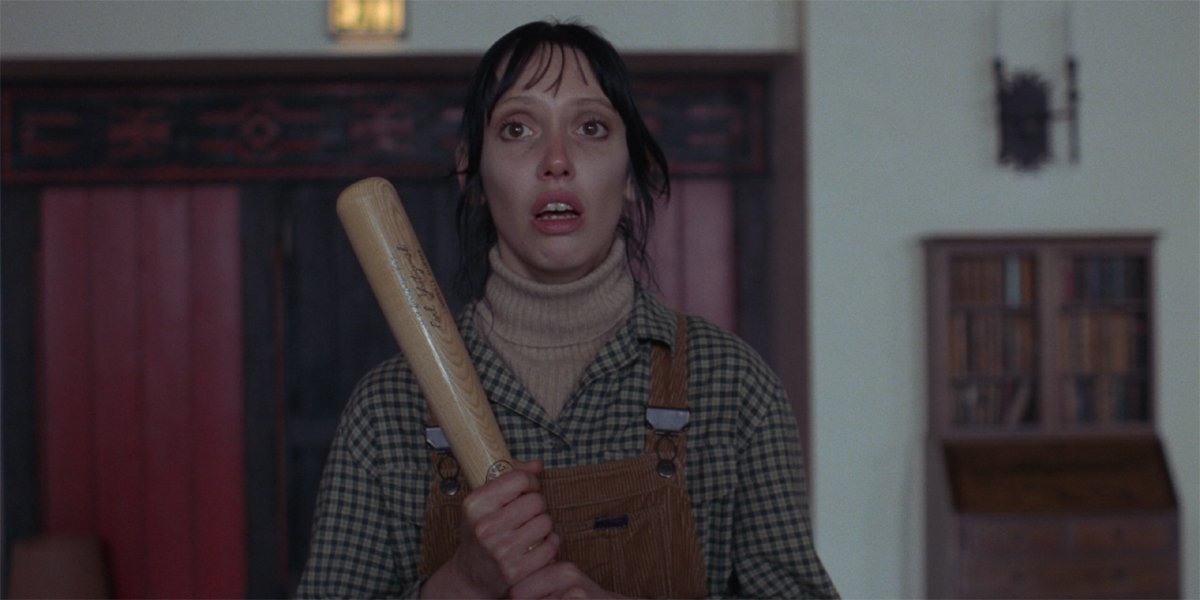
Stanley Kubrick And Shelley Duvall Had A Rough, Complicated Relationship On Set
For reasons spelled out above regarding his methodology, Stanley Kubrick had a tumultuous relationship with all his actors on the set of The Shining, but Shelley Duvall’s experience was far worse than most. Hoping to get more frenzied character work from the actress, Kubrick actively antagonized her, and the stress from the friction ultimately had an adverse effect on her health. In a post-release interview with Kubrick’s then 17-year-old daughter Vivian, who made a behind-the-scenes documentary about the making of the horror movie, Duvall said:
I resented Stanley at times because he pushed me, and it hurt. And I resented him for it. I thought, ‘Why do you want to do this to me? How can you do this to me?’ You agonize over it. And it’s just a necessary turmoil to get out of it what you want out of it. We had the same end in mind. It was just that sometimes we differed in our means, and by the end the means met. And I find I really respect him, and like him both as a person and as a director. I’m amazed.
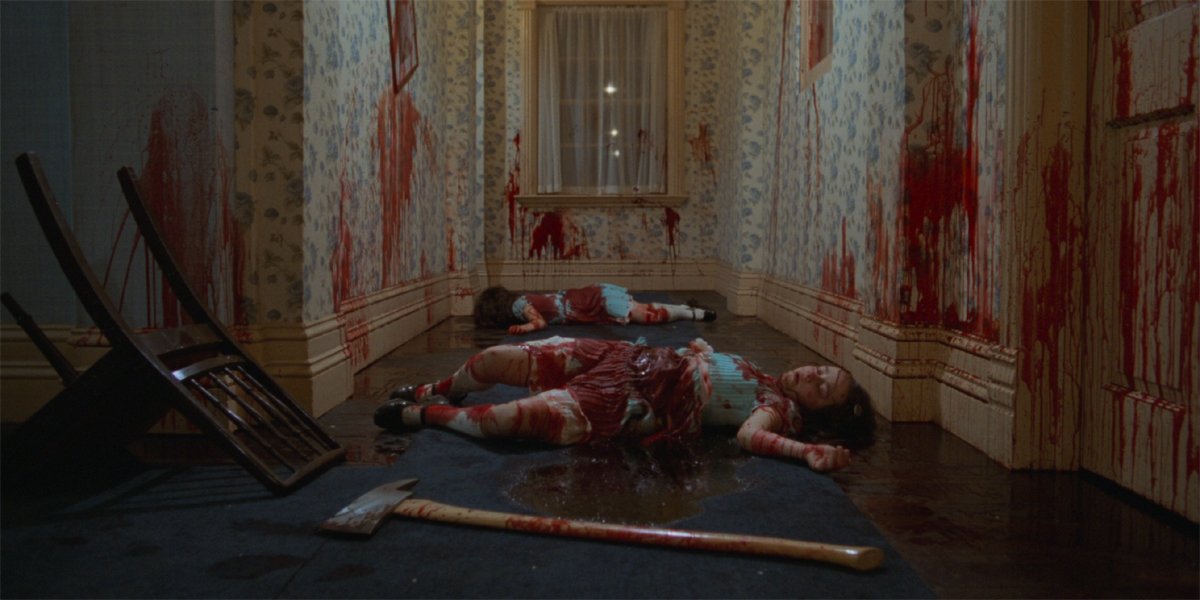
Production Running Long Caused Delays For Some Other Major Movies
With so many takes being done of every shot and the script changing literally every single day, The Shining wound up way off schedule and occupied soundstages at EMI Elstree Studios for nearly a year. This obviously ultimately worked to the film’s benefit, as Stanley Kubrick was able to get all of the footage he required, but taking so much time also unfortunately had the consequence of messing up plans for some other major productions. In reverence to Kubrick’s work, three movies got stuck waiting for stages to open up – those movies being Warren Beatty’s historical epic Reds, Steven Spielberg’s Raiders Of The Lost Ark, and Irvin Kershner’s Star Wars: The Empire Strikes Back.
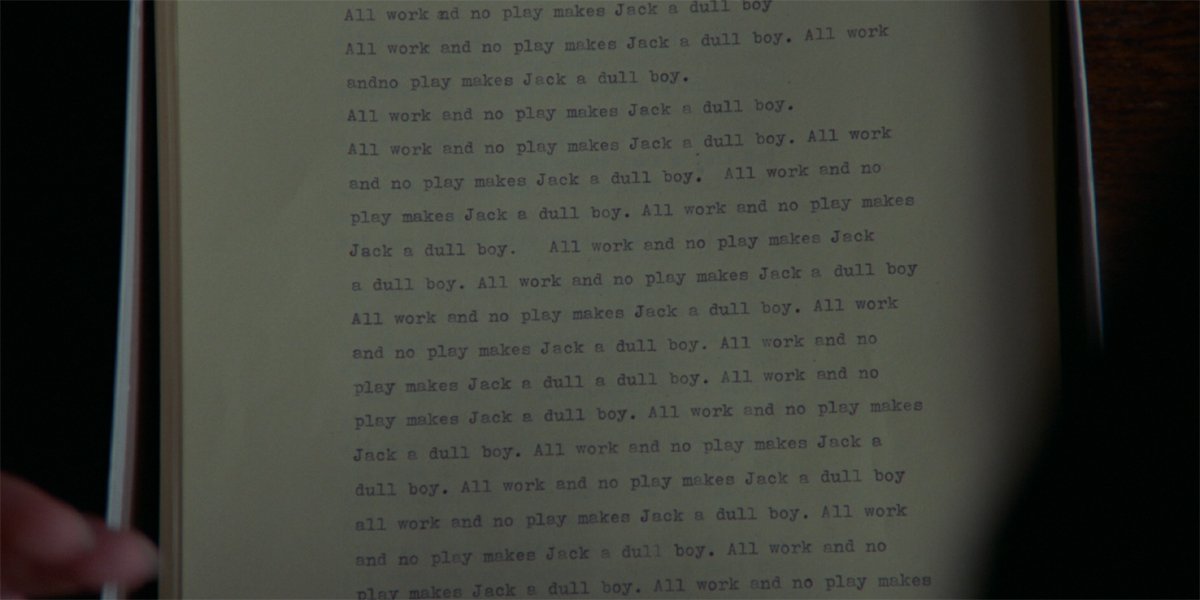
Stanley Kubrick’s Secretary Spent Months Typing “All Work And No Play Makes Jack A Dull Boy” Pages
Thanks to the “copy + paste” function in modern word processors, the most concerning thing about finding reams of paper reading “All Work And No Play Makes Jack A Dull Boy” now is the harm to the environment and the waste of ink – but what made the scene in The Shining so particularly impactful was the recognition of how much time Jack Torrance must have spent typing that same sentence over and over on a typewriter.
It’s a magical moment in the movie – and the unsung hero behind it is Stanley Kubrick’s secretary. The director’s assistant had to spend months and months typing the same 10 words thousands of times, each page getting a fresh format, and enough copies had to be made so that Shelley Duvall could destroy an endless number of them while flipping through ream take after take.
The Shining is available streaming on Showtime, and you can purchase and rent it digitally, and find it on 4K, Blu-ray, and DVD.

Eric Eisenberg is the Assistant Managing Editor at CinemaBlend. After graduating Boston University and earning a bachelor’s degree in journalism, he took a part-time job as a staff writer for CinemaBlend, and after six months was offered the opportunity to move to Los Angeles and take on a newly created West Coast Editor position. Over a decade later, he's continuing to advance his interests and expertise. In addition to conducting filmmaker interviews and contributing to the news and feature content of the site, Eric also oversees the Movie Reviews section, writes the the weekend box office report (published Sundays), and is the site's resident Stephen King expert. He has two King-related columns.
